What is the best black tea distribution in India? which is better, ctc black tea or original leaf tea?
Tea and coffee are both agricultural products, which means that tea, like coffee, pays attention to the flavor of the producing area.
Coffee is grown in more than 70 countries between the Tropic of Cancer and the Tropic of Cancer.
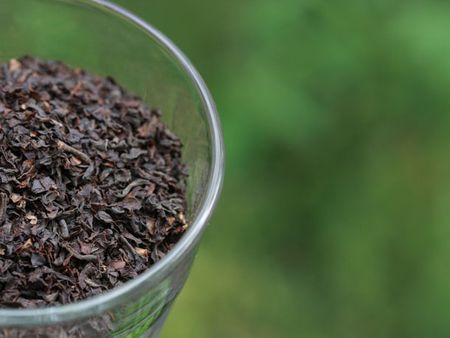
And tea is not limited to death in the gold belt like coffee, but it is still a lot.
Next, let's introduce India, the largest producer of black tea.
India
India ranks first in the world as a black tea producer, with an annual output of more than 1.2 million tons. Black tea is an important drink for Indians, 80% of which is consumed domestically.
India began to cultivate tea trees in the mid-19th century, and European countries originally imported tea from China. After the Scot C.A. Bruce successfully cultivated the tea tree in Assam, he began to be self-sufficient through the colony of India.
In addition to Assam's native Assam species, Europeans also brought Chinese species from China to India for cultivation and finally succeeded in Darjeeling in the Himalayas.
In addition to Assam and Darjeeling, two of India's most famous black tea producers, Muna, located in the Gauchi Mountains in southern India and in the highlands of Kerala, also has tea gardens to cope with the huge demand for black tea in India.
① Sikkim
In the 1960s, Darjeeling tea trees propagated in Sikkim and began to produce black tea. With musk grape flavor and soft taste similar to Darjeeling black tea, it is quite palatable and popular.
② Darjeeling
Darjeeling is located in the northernmost state of West Bengal, India. Darjeeling's town is located 2300 meters above sea level and has frequent commercial contacts with Nepal and Bhutan. Located in steep hills between 300m and 2200 m above sea level, the tea garden can produce fragrant black tea all the year round and is one of the three most famous teas in the world.
③ Assam
Assam is located in northeastern India, and the Brahmaputra River straddles the land, backed by the Himalayas. The wind of the mountains and the fog of the river create a suitable environment for growing tea, which is planted at an altitude of between 50 and 300 meters above sea level. Assam is an important tea-producing area in India.
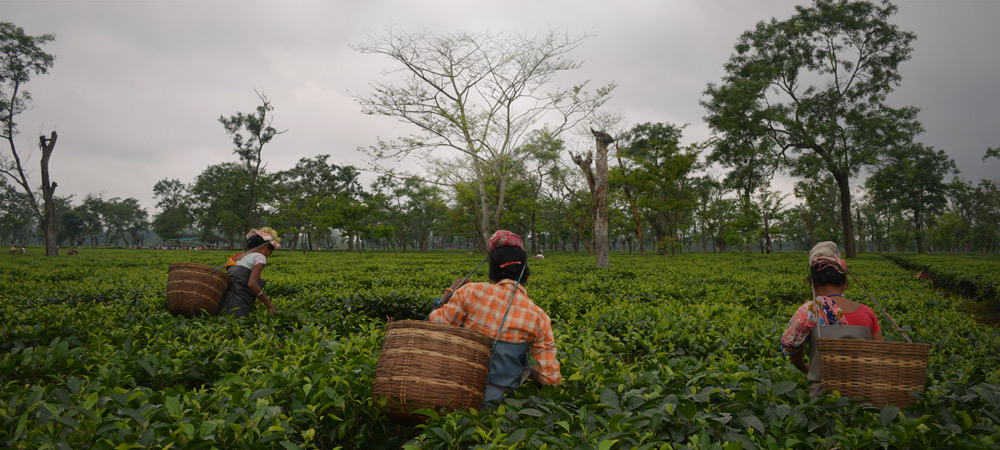
④ Muna Kerala
Muna is located in the highlands of southwestern India, which is famous for its summer resort and beautiful scenery. The cool climate is suitable for growing tea trees and can produce black tea of similar quality to Nierjili.
⑤ Neil Kiri
Nierkiri is located in the West Gaozhi Mountains and is surrounded by a charming mountain range known as the Blue Mountains. The tea garden is in the hilly area, and the black tea produced here is of superior quality because of the cool climate in this area.
80% of India's black tea comes from Assam. Assam's tea trees are two to three times larger than those grown in China, where tea is picked from early April to late October, and dormant from November to March of the following year.
The traditional method of making tea is made into the shape of the original piece of tea, but with the development of science and technology, by the middle of the 20th century, most of the granular tea was made by CTC machine, and now this method has reached an overall output of more than 90%.
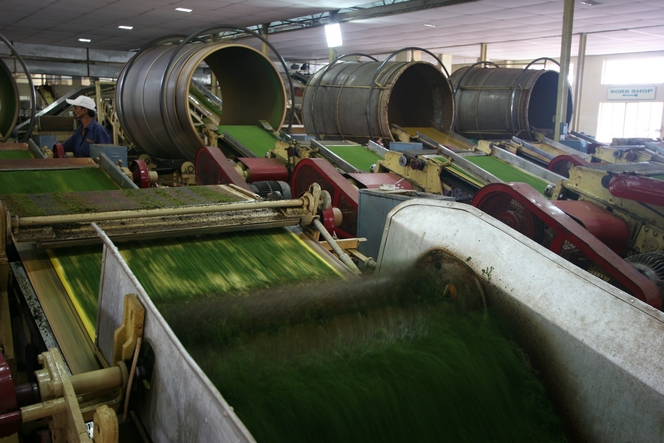
CTC tea extraction speed, extracted less astringent but mellow, suitable for pairing with milk, but also made into a large number of tea bags.
The tea produced in early summer, rich in Jinhao's high-grade tea, is very popular. Assam black tea has a strong and astringent taste and a reddish brown color, but the leaf type has a deep, light and astringent taste.
Important Notice :
前街咖啡 FrontStreet Coffee has moved to new addredd:
FrontStreet Coffee Address: 315,Donghua East Road,GuangZhou
Tel:020 38364473
- Prev
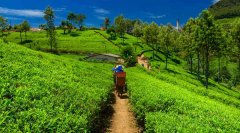
What does the black tea variety look like? is the tea a kind of tea tree?
If you want to drink good black tea, you must first understand the tea tree, the origin, the tea-making process and so on. First of all, let's get to know the tea tree. It is not difficult to wonder why the tea tree looks so much like the row of plants in my downstairs park when I have seen some friends in tea house's tea field. Are they the same thing? Hey! Take this idea for a while, if there is a small one.
- Next
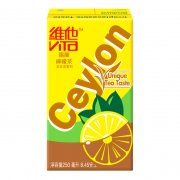
Which of the seven major producing areas of Sri Lankan black tea tastes better? Brief introduction of High, Middle and low Land Tea
You can often see the Hong Kong version of Vita lemon tea, one of which has a big Ceylon printed on the box. And this Ceylon refers to Ceylon black tea, which comes from a tropical island country in the Indian Ocean. It is Sri Lanka. The word Ceylon comes from the name Ceylon of the old country of Sri Lanka. James Taylor, a Scot, was only 16 when he came to Ceylon. He's at 1.
Related
- Beginners will see the "Coffee pull flower" guide!
- What is the difference between ice blog purified milk and ordinary milk coffee?
- Why is the Philippines the largest producer of crops in Liberia?
- For coffee extraction, should the fine powder be retained?
- How does extracted espresso fill pressed powder? How much strength does it take to press the powder?
- How to make jasmine cold extract coffee? Is the jasmine + latte good?
- Will this little toy really make the coffee taste better? How does Lily Drip affect coffee extraction?
- Will the action of slapping the filter cup also affect coffee extraction?
- What's the difference between powder-to-water ratio and powder-to-liquid ratio?
- What is the Ethiopian local species? What does it have to do with Heirloom native species?

